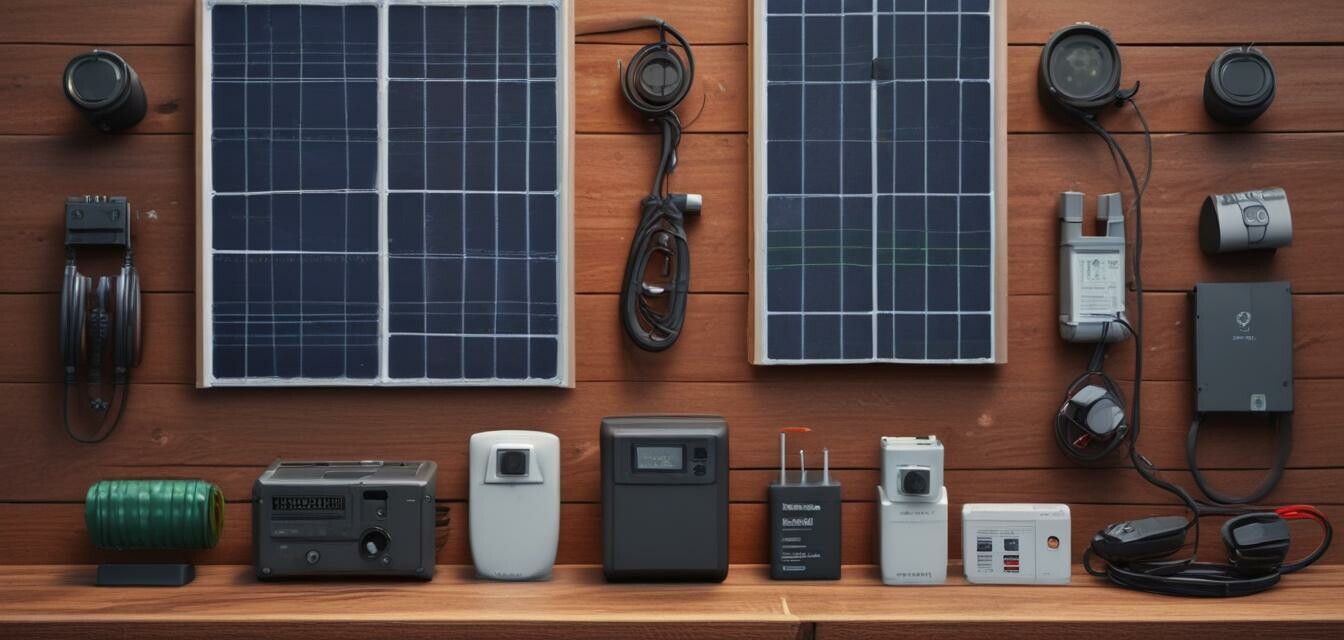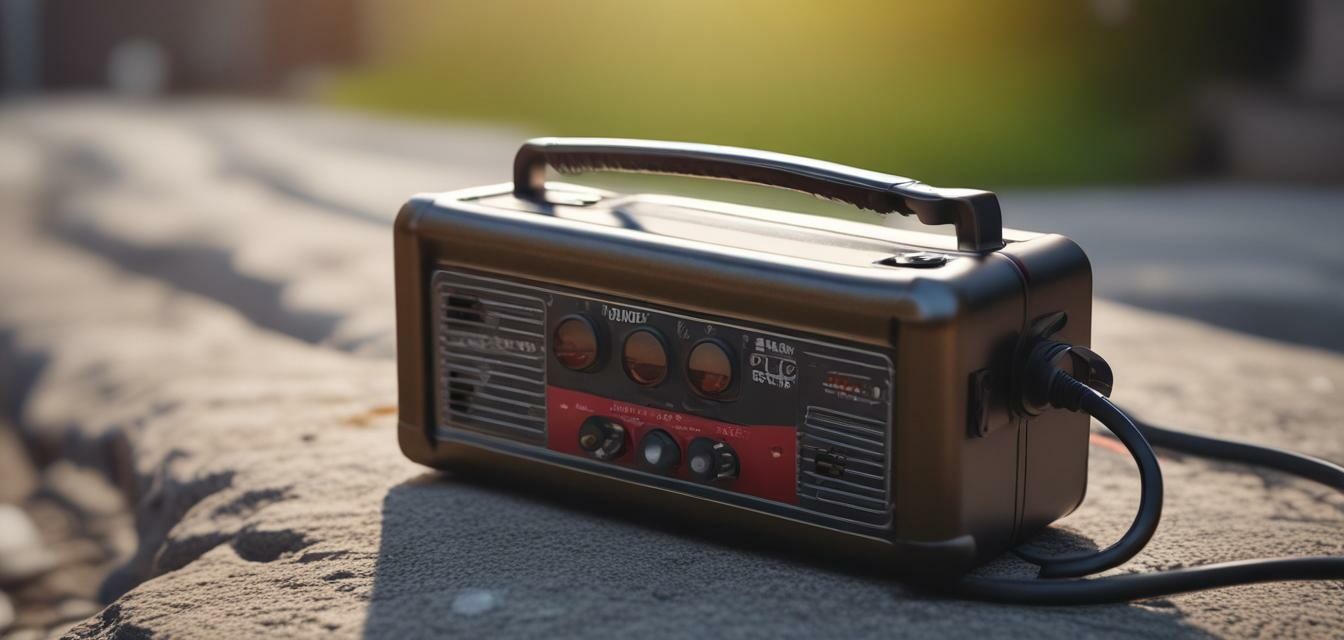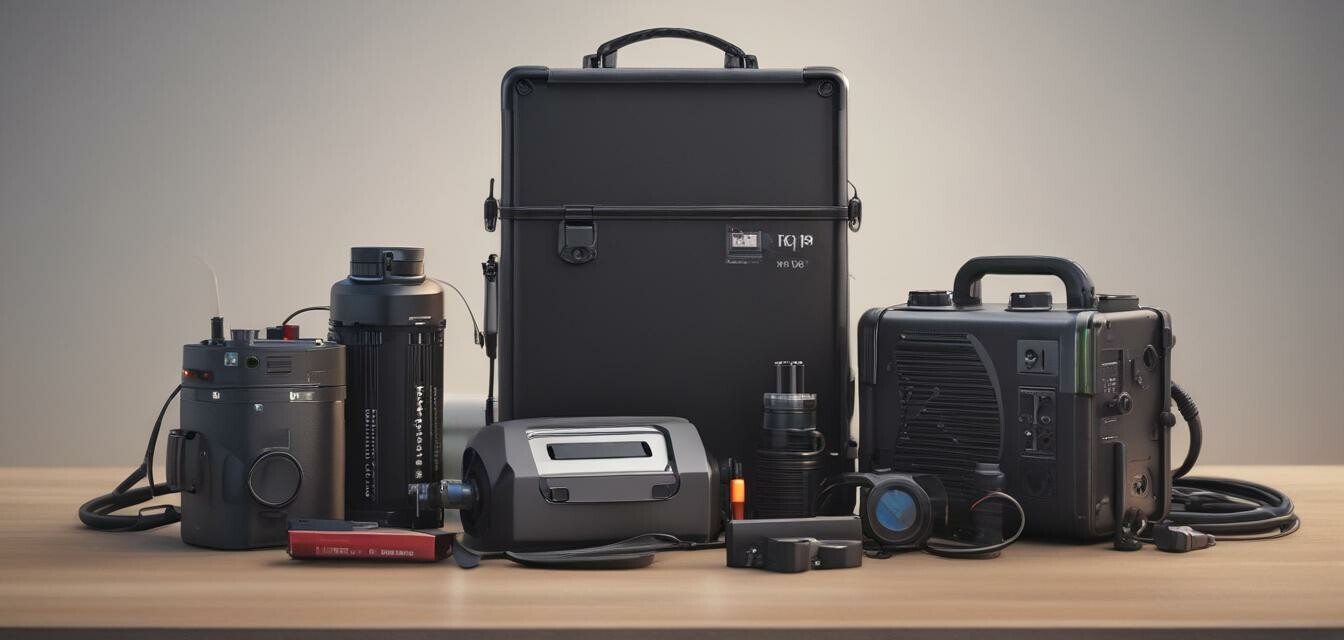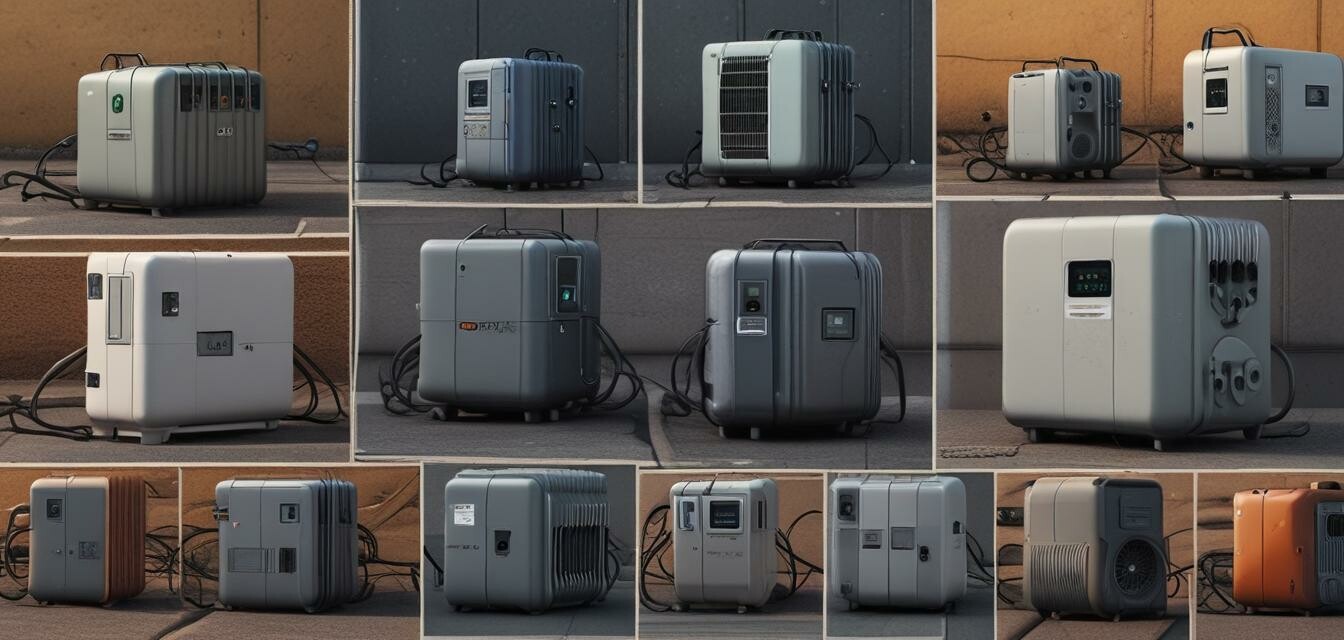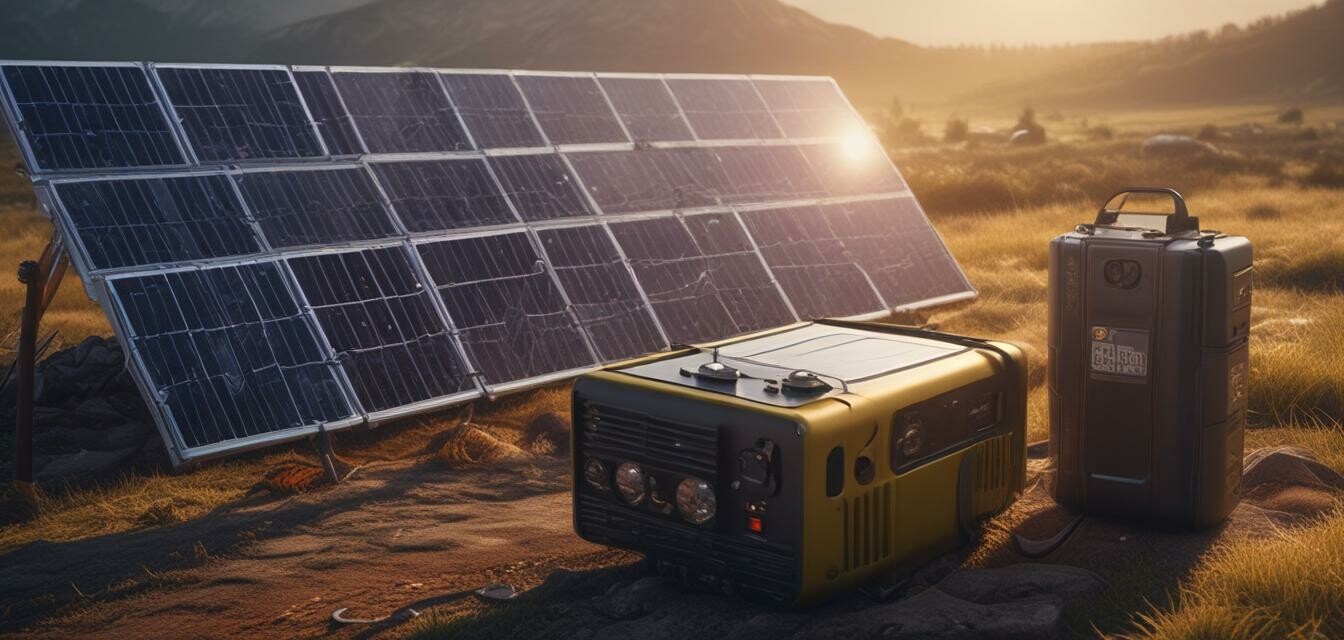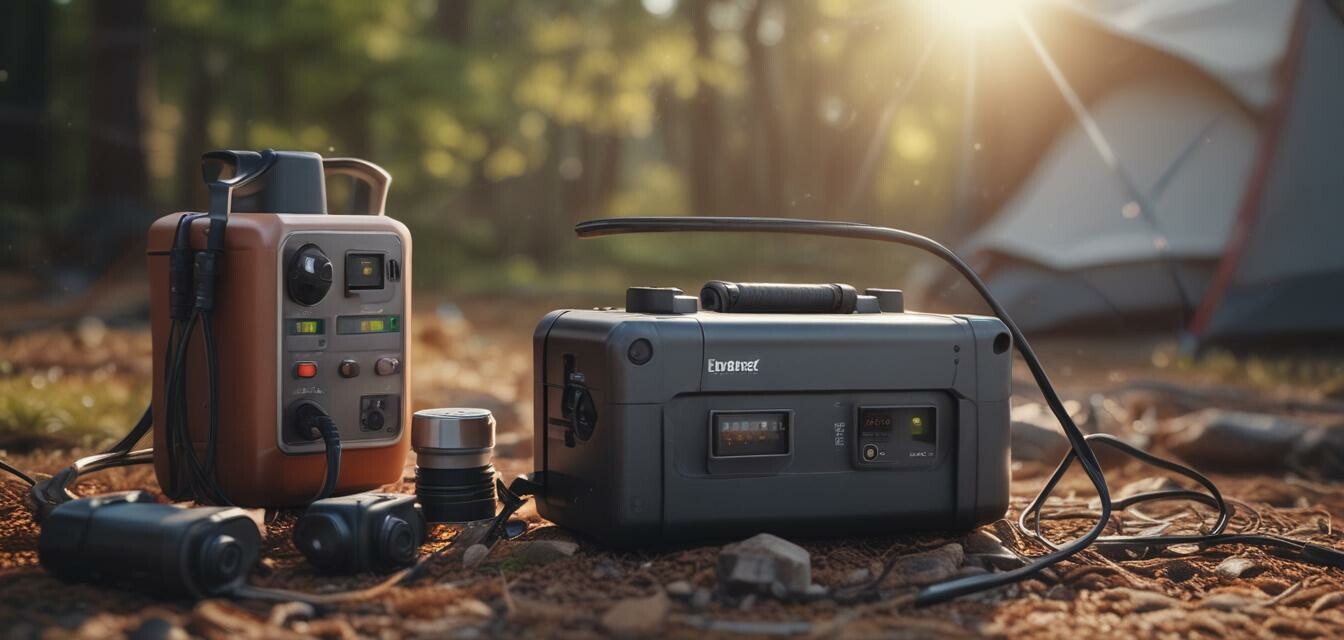
Comparing Top Power Stations: Find the Best for Your Needs
When it comes to emergency energy backup kits, portable power stations are a crucial component. With so many options available, it can be overwhelming to choose the right one. In this article, we'll compare the features and benefits of leading portable power stations to help you make an informed decision.
Key Takeaways
- Portable power stations vary in capacity, output, and features.
- Consider your specific needs and the devices you want to power.
- Look for stations with multiple USB ports, AC outlets, and DC outputs.
- Check the battery type, capacity, and recharge time.
- Weight, size, and durability are also important factors.
What to Consider When Choosing a Portable Power Station
Before we dive into the comparison, let's cover the essential factors to consider when selecting a portable power station:
- Capacity and Output: How much power do you need, and what devices do you want to charge?
- Features and Ports: Do you need multiple USB ports, AC outlets, or DC outputs?
- Battery Type and Capacity: What type of battery is used, and how long does it last?
- Recharge Time: How quickly can you recharge the station?
- Size and Weight: How portable do you need the station to be?
- Durability: Can the station withstand outdoor conditions and rough handling?
Comparison of Top Portable Power Stations
| Model | Capacity (Wh) | Output (W) | USB Ports | AC Outlets | DC Outputs | Battery Type | Recharge Time (Hrs) | Weight (Lbs) |
|---|---|---|---|---|---|---|---|---|
| Station A | 500 | 300 | 4 | 2 | 2 | Lithium-ion | 5 | 12 |
| Station B | 1000 | 600 | 6 | 3 | 3 | Lithium-ion | 8 | 20 |
| Station C | 2000 | 1200 | 8 | 4 | 4 | Lead-acid | 12 | 30 |
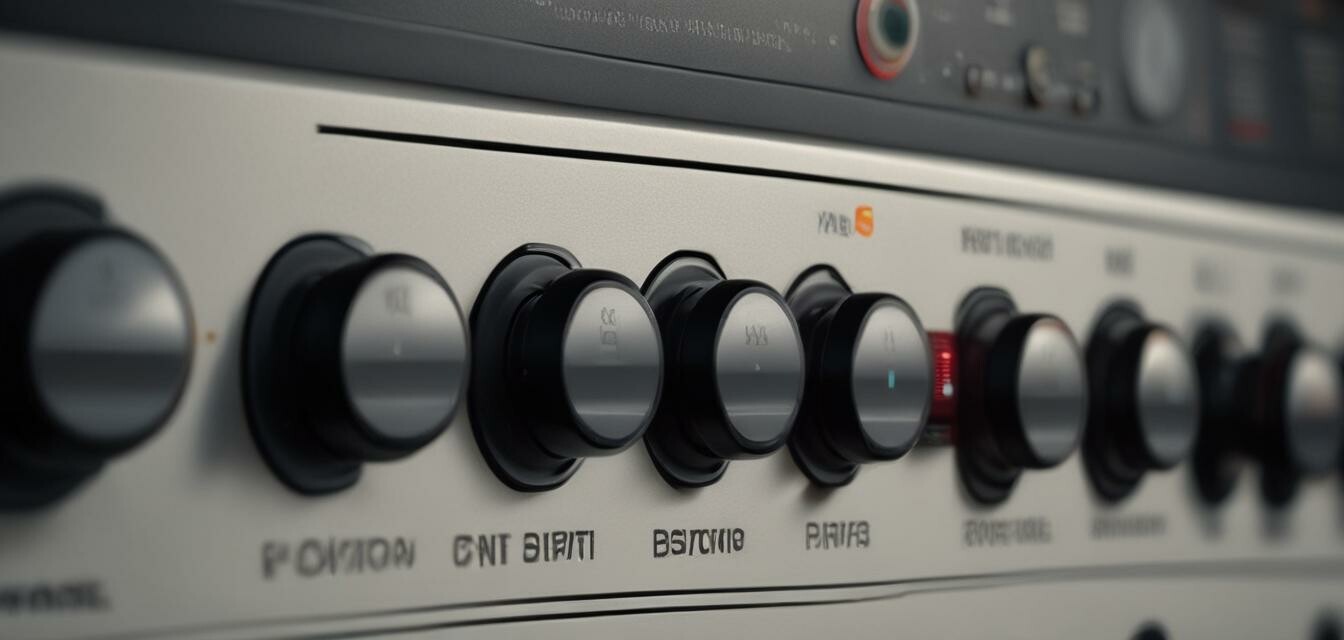
Battery Type and Capacity
The type and capacity of the battery can significantly impact the performance and lifespan of the power station. Lithium-ion batteries are generally more efficient and lighter, while lead-acid batteries are more affordable but heavier.
Recharge Time and Options
The recharge time can vary greatly depending on the power station and the method of recharging. Some stations can be recharged via solar panels, while others may only have AC or DC input options.
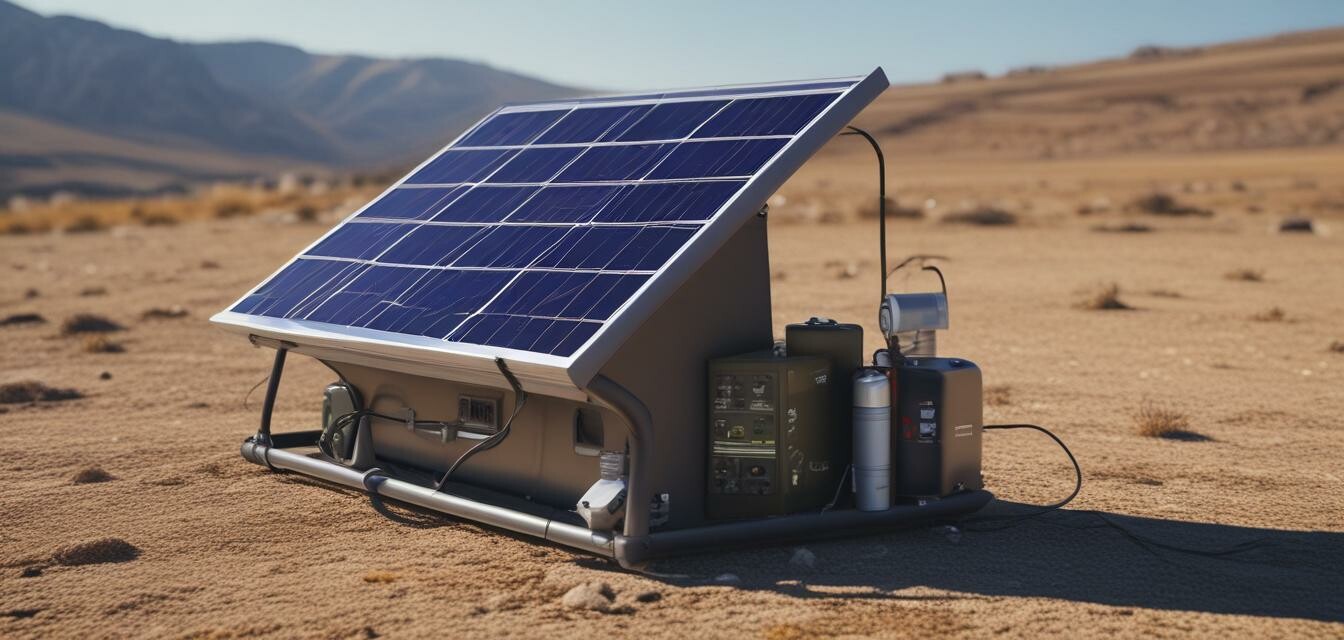
Portability and Durability
The size, weight, and durability of the power station are crucial factors to consider, especially if you plan to use it for camping or outdoor activities.

Pros
- Portable power stations offer flexibility and convenience.
- They can power a variety of devices, from smartphones to laptops.
- Many stations have multiple USB ports and AC outlets.
- They can be recharged via solar panels or wall outlets.
Cons
- Power stations can be heavy and bulky.
- They may not be suitable for high-power appliances.
- Recharge times can be lengthy.
- Some stations may have limited battery lifespan.
Conclusion
Choosing the right portable power station for your emergency energy backup kit requires careful consideration of your specific needs and the features and benefits of each station. By comparing the top models and considering factors like capacity, output, battery type, and recharge time, you can make an informed decision and ensure you're prepared for any situation.
For more information on emergency energy backup kits and portable power stations, check out our Portable Power Stations and Battery Backup Systems pages.
Remember to always consider your specific needs and the devices you want to power when selecting a portable power station. With the right station, you can stay connected and powered up in any situation.
Stay prepared with Corawall!

